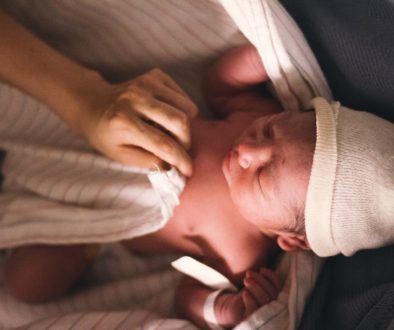Please Take the Baby Out of the Bucket
Ok, going to reveal my age here. Way back when, when my first baby was born, the easily removable carseats that almost everyone uses now, were new on the market. We had the kind that stayed in the car. Let’s not talk about how there were few rules about those seats, and how it was ok to have the baby in the front seat, as long as there were no airbags.
What, no airbags? See, told you I was going to date myself! So many things that I did with my own kids go against what I now recommend to my patients. You know better, you do better. That’s my motto.
Back to car seats.
The only time a baby should be in a car seat is when they are traveling in a car.
Sounds like a simple statement, but for those of you having babies now, it may be a radical suggestion. I have always asked parents to leave the carseat in the car and carry the baby into my office, but few do. Why do I feel so strongly about this?
First of all, that thing is heavy! Carrying a baby in the bucket is not easy on your back, especially after the newborn stage.
Second, it’s not good for baby to have their movement restricted for long periods of time. I have noticed that infants resist the buckling in, as well as the positioning in the seat. Most hate it, especially those who have lip and tongue tie. It’s just not a natural position for them.
New research has my instincts about carseat usage proven and then some. In this research, they looked at 11, 770 infant deaths. A total of 348 of those tragedies occurred in a carseat, and more than half of those were in the home. The study concludes that “using an infant carseat in a non-traveling contexts may pose a risk to the infant”.
Please take the baby out of the bucket. Hold your baby, wear your baby, give lots of hugs. Take it from an older and (hopefully) wiser mom. Your baby will be too big to snuggle in the blink of an eye. My first baby, the one I referred to earlier-he’s turning 28 this week. This mom has to stand on a chair to reach to hug him. But that’s worth it too.
Here’s the link to the study:
https://pediatrics.aappublications.org/content/early/2019/05/17/peds.2018-2576




